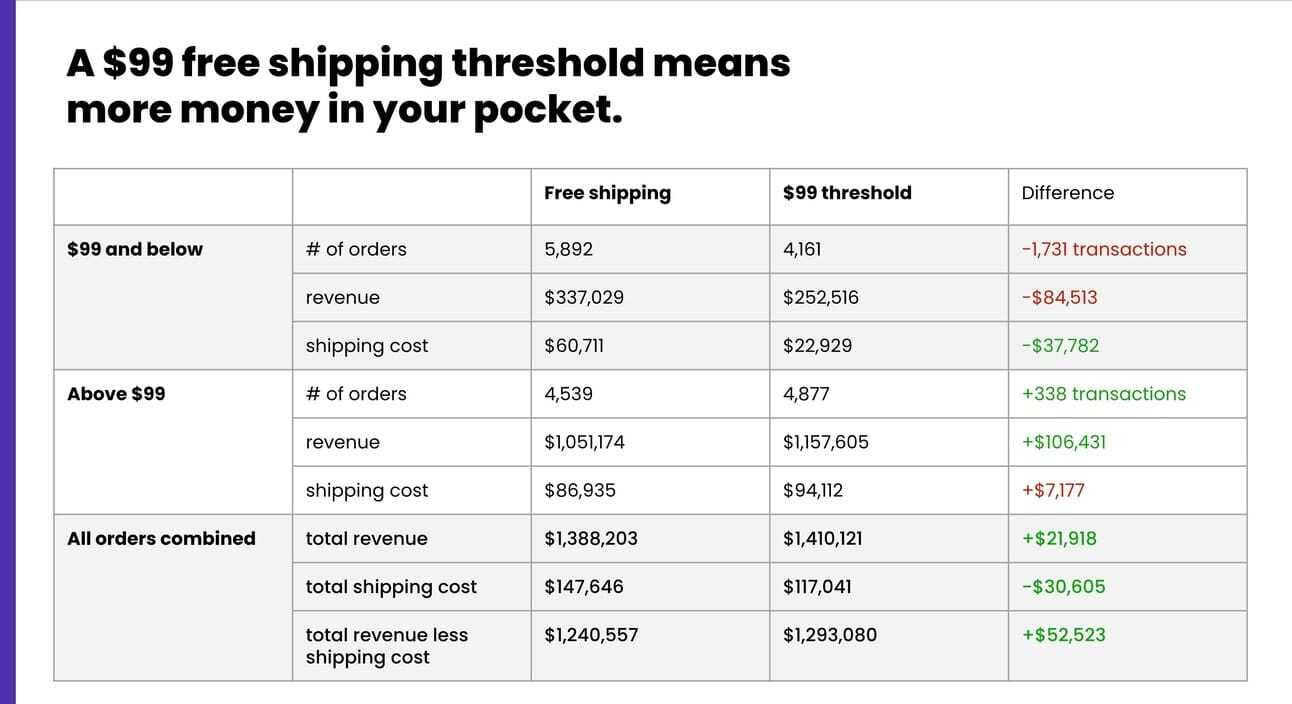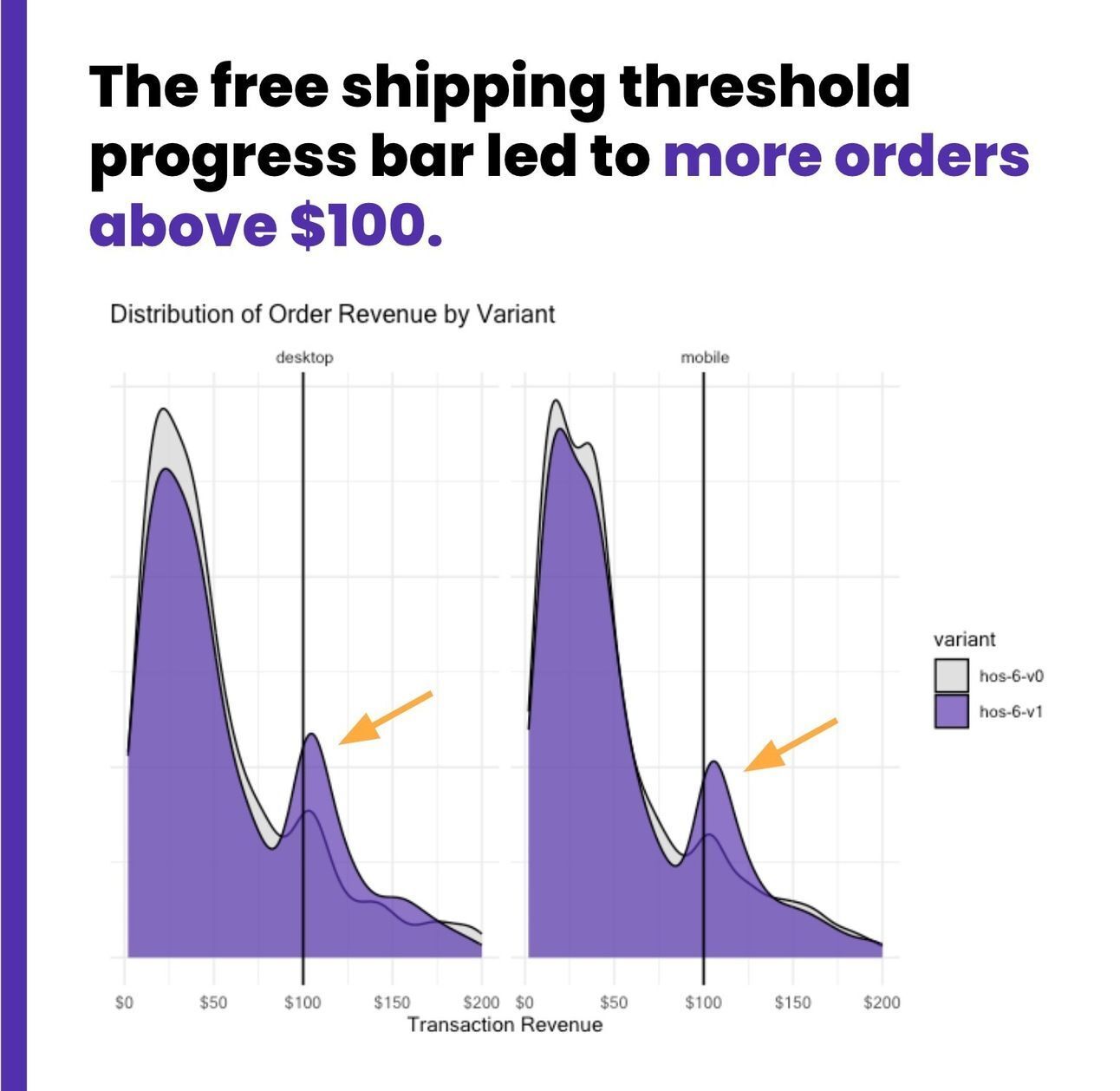- Nord Media
- Posts
- This Attribution Trick Will Change How You Scale
This Attribution Trick Will Change How You Scale
You’ve been scaling based on flawed data. This is how to fix it before it costs more.
Welcome back to the 134th edition of Nord Media
Multi-touch attribution is having its moment.
According to a 2023 study by MMA Global, 50% of companies are already using it to track how every touchpoint shapes a customer’s path to purchase.
But MTA alone isn’t enough.
On paper, it sounds like the perfect fix to see beyond last-click. But in practice, it can still blur the full picture.
That’s why top operators are moving beyond basic MTA and into smarter territory and pairing it with things like chain-based modeling, marketing mix modeling (MMM), and incrementality testing to get the real story behind conversions.
This means saying goodbye to last-click once and for all.
In this email, we’re covering:
Why chain-based attribution models are taking over
How to find the right tools to power smarter insights
How to transition without blowing up your workflows
Let’s dive in:
Improving your CRO doesn’t have to be a difficult conversation.
📦️ Boost AOV & Slash Shipping Costs with Surefoot. Free shipping can drive conversions—but if your threshold is too low, you’re eating unnecessary costs.
Too high, and you’re losing sales.
Most brands guess. Surefoot tests. Recently, they helped a brand increase AOV by 17% and save $423,761 annually in shipping costs by optimizing their free shipping threshold and A/B testing how it was messaged on-site.
✅ Higher AOV – Shoppers add more to their cart to unlock free shipping. 💰️ Lower Shipping Costs – Reduce unnecessary expenses without hurting conversions.
📊 Data-Backed Strategy – Stop guessing. Start testing. 🚀 Want results like this?
» Get a free strategy session «
Why Chain-Based Attribution Is a Smarter Play
Last-click is like giving all the credit to the waiter for a Michelin-star meal.
Sure, they took your order. But what about the chef? The ingredients? The farmers?
Same idea here.
When someone converts after clicking an email, that email might’ve been the last touch, but not the one that did all the heavy lifting.
What about the YouTube ad that got them interested? Or the blog post they found three days earlier?
Chain attribution solves this.
It looks at every possible path a customer could take, then asks: What happens if we remove one of those steps? Would they still convert?
This “removal effect” is what makes chain models so powerful. They help you spot which channels are truly moving the needle, and which ones are just showing up late and claiming the glory.
So instead of blindly scaling whatever has the best platform-reported ROAS, you start making calls based on actual contribution..
Find Tools That Help You Get There
Now, you don’t need to build this yourself in a massive spreadsheet with 18 tabs and a prayer.
There are tools on the market built to handle this exact thing. Most of them pull from your first-party data like Shopify, Meta, Google, Klaviyo, etc., and run chain modeling in the background using things like Markov chains or Bayesian math.
They assign probability scores to each touchpoint. Instead of giving 100% credit to one click, they split it across the full journey. You’ll start seeing things like:
Top-of-funnel channels that drive awareness (but never get credit in last-click)
Middle-of-funnel content that nudges people forward
Bottom-of-Funnel touchpoints that seal the deal
And once you know which channel, which creative, and which messaging plays which role, you stop making decisions in the dark.
The key is finding a system that gives you clean inputs, actionable insights, and ideally, a UI that doesn’t make you want to scream.
How to Make the Switch Without Breaking Stuff
Attribution models are not just for your dashboard. They change how you budget, report, and optimize across the board.
So you don’t want to rip the Band-Aid off too fast.
Here’s how to switch without creating chaos:
Run dual models for a bit. Keep last-click reporting in place while shadow-tracking chain attribution behind the scenes. It’ll help you build internal trust before going all in.
Walk your team through it. Attribution models sound complicated until you explain them with real examples. Show how credit shifts across a real customer journey.
Use the data to observe, not just act. Before you start reallocating budget, use chain attribution to spot patterns. Where is performance being over- or underrepresented?
Ease into new KPIs. Don’t trash your old ROAS benchmarks overnight. Let both models live side by side while you recalibrate.
Remember: this is about long-term clarity, not short-term chaos. The goal is to make better decisions, not confuse the team with a new math puzzle every week.
Struggling to create ads that actually perform?
We’re making it easy for you.
We’ve just released 100 fully editable Canva ad templates - designed to help ecommerce brands like yours create scroll-stopping ads in minutes, not hours.
Inside, you’ll get:
100% customizable templates - update text, colors, images effortlessly.
Perfectly sized for Instagram, Facebook & more - no resizing headaches.
Conversion-focused designs - built to drive clicks and sales, not just likes.
No more blank screen stress. No more wasting time on design. Just grab a template, tailor it to your brand, and launch your next high-impact campaign, fast.
Ready to boost your ads and save time? Get your free Canva ad templates now.<
Final Thoughts
Last-click is outdated.
It’s easy. It’s comfortable. But it’s not telling you the truth.
Modern marketing isn’t a straight line. It’s a web of influence, repetition, and timing. If you keep assigning all the credit to the last thing people click, you’ll keep misreading what’s actually working.
Chain-based attribution helps you see the full picture. Paired with MTA, MMM, and incrementality testing, you’ll finally have a model that reflects real buying behavior, not just reporting convenience.
And once you’ve got that, your growth strategy gets a whole lot sharper.
Struggling to grow? My team and I can help.
 |  |
 |  |
HOW??
We Use Strategies and Systems that Produce Consistent Results.
We currently work with a small handful of brands from early-stage DTC startups to global brands scale smarter, grow faster and get profitable. Whether your goal rapid growth, consistency at scale or just to be profitable again, we've built systems and strategies to achieve that for hundreds of brands over the years.
The results? You get reliable and consistent growth without sacrificing your profitability.
Sound interesting and worth a conversation? Book a call
Want to learn more? Connect with me on social 👇
Follow me & Connect
Thank you for reading! I appreciate you.
Sincerely,
Kody



